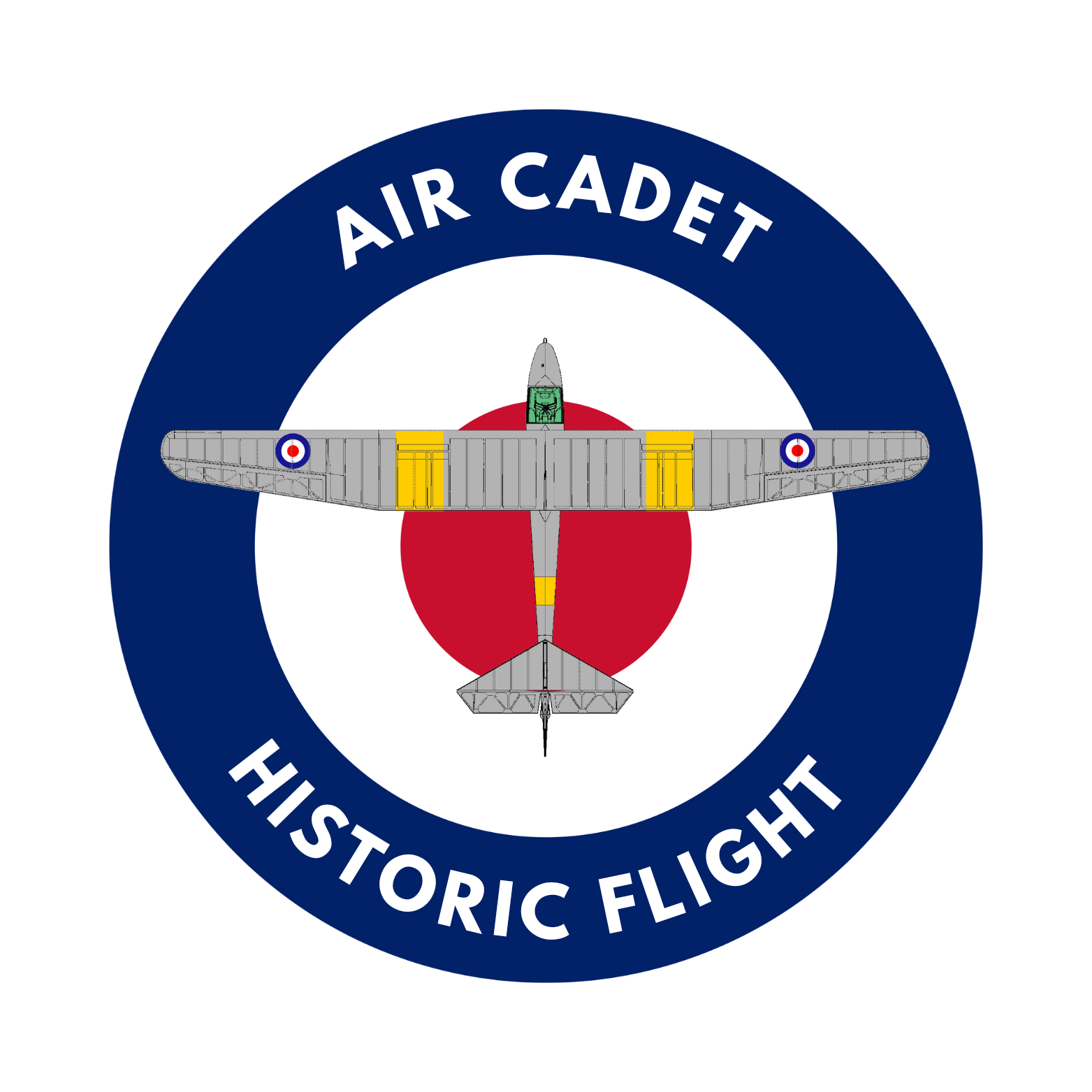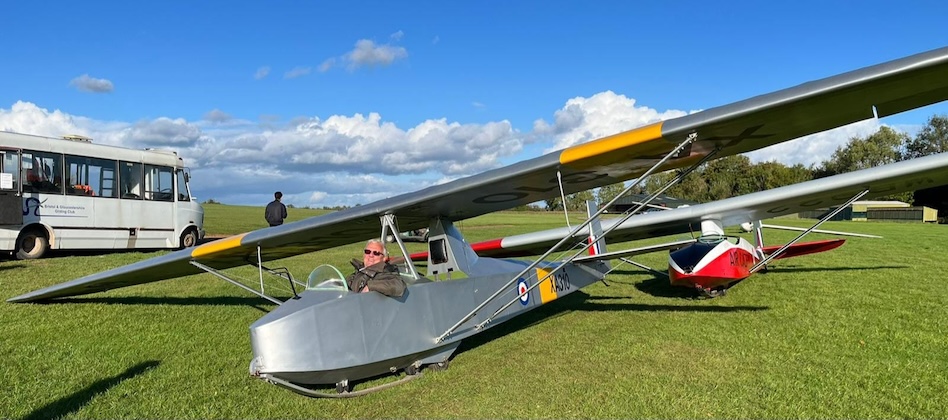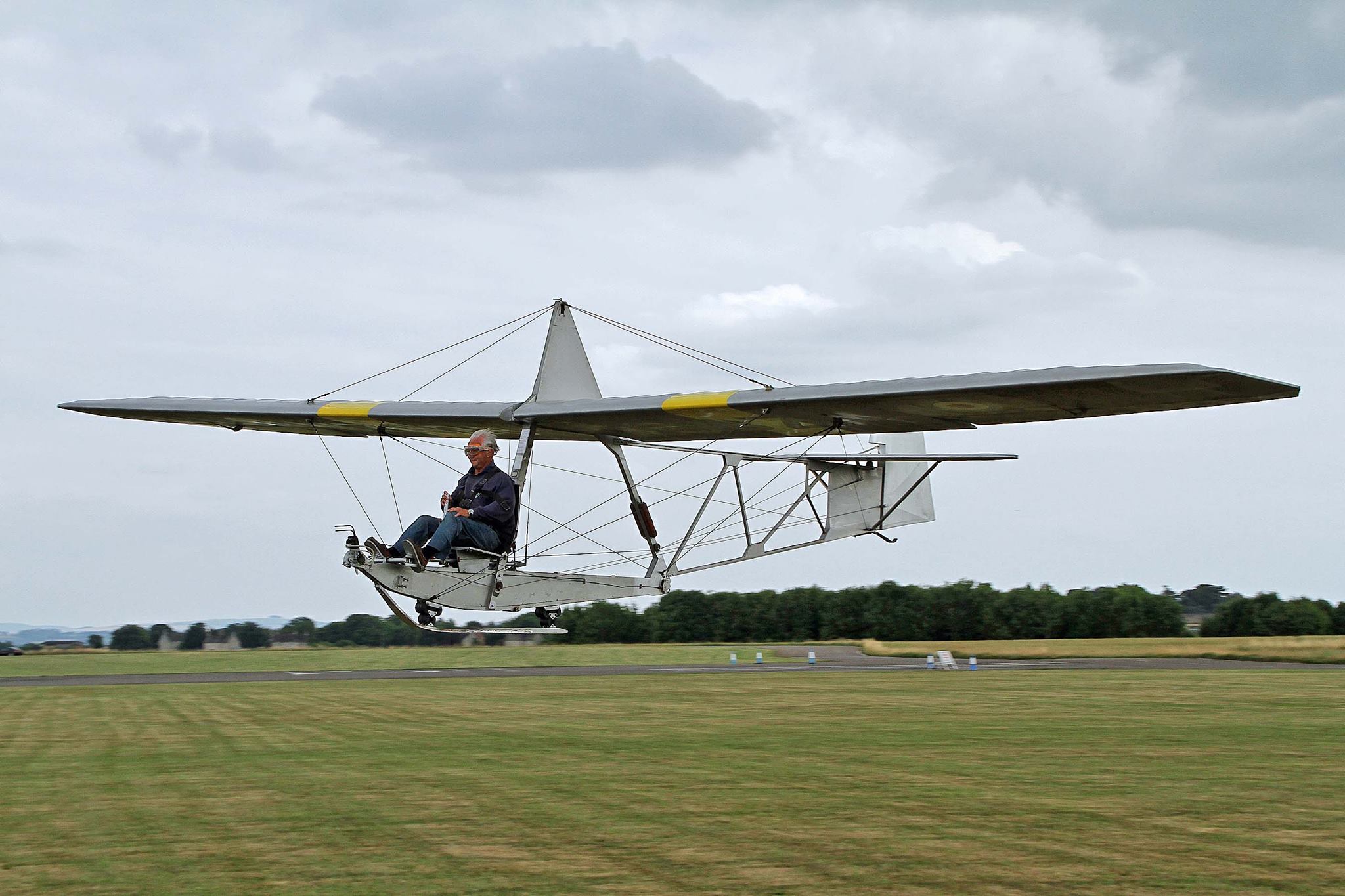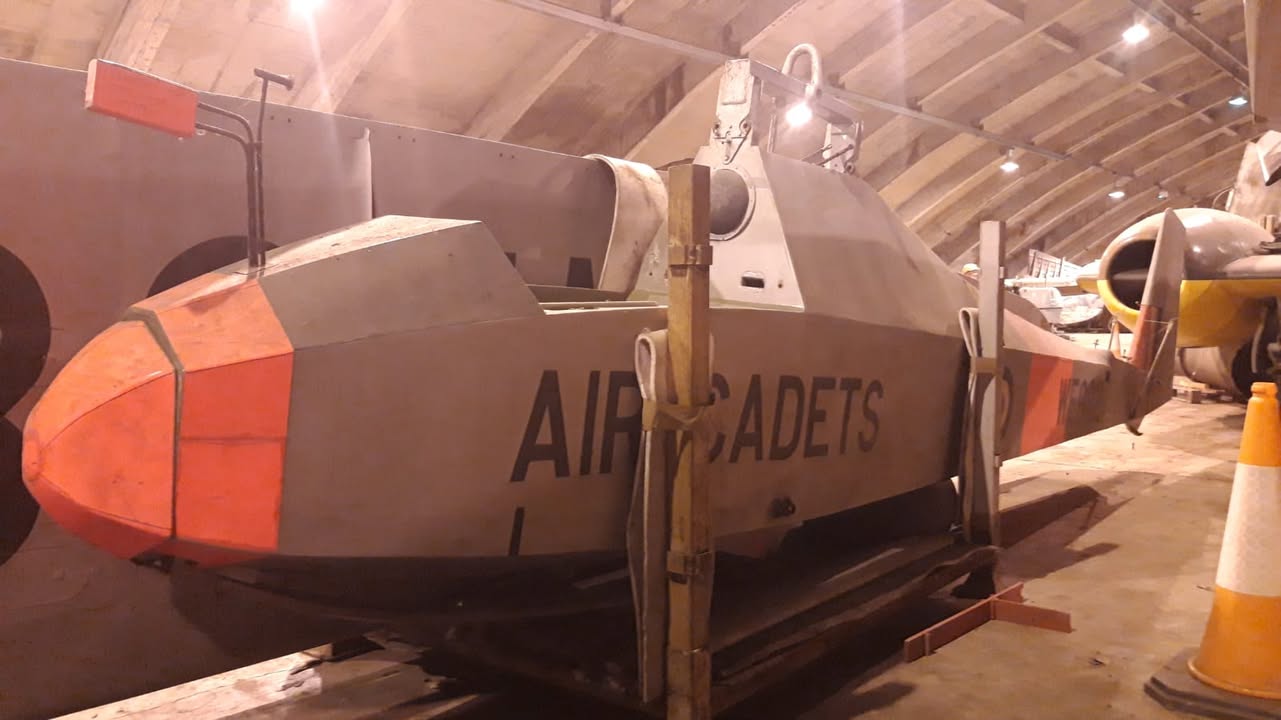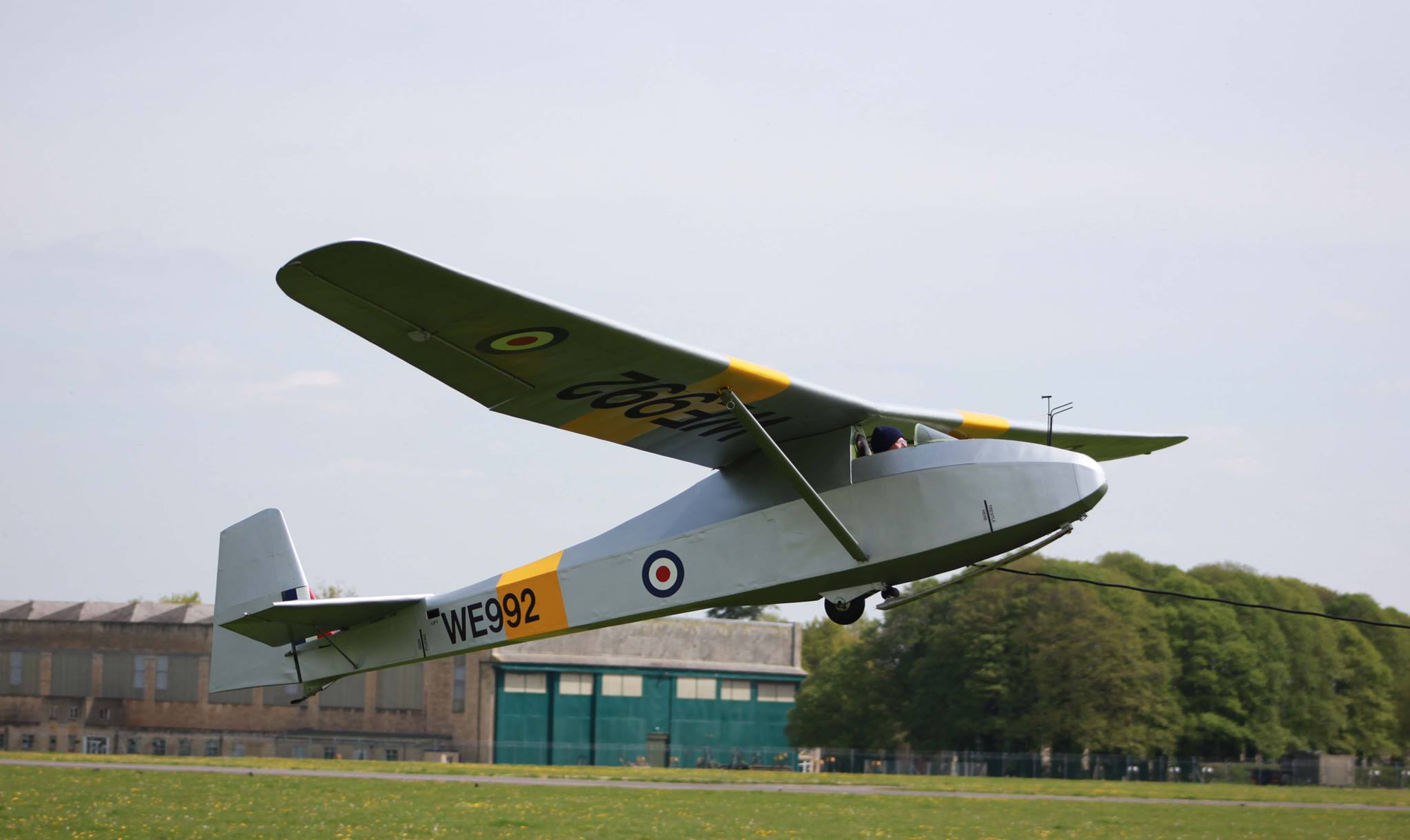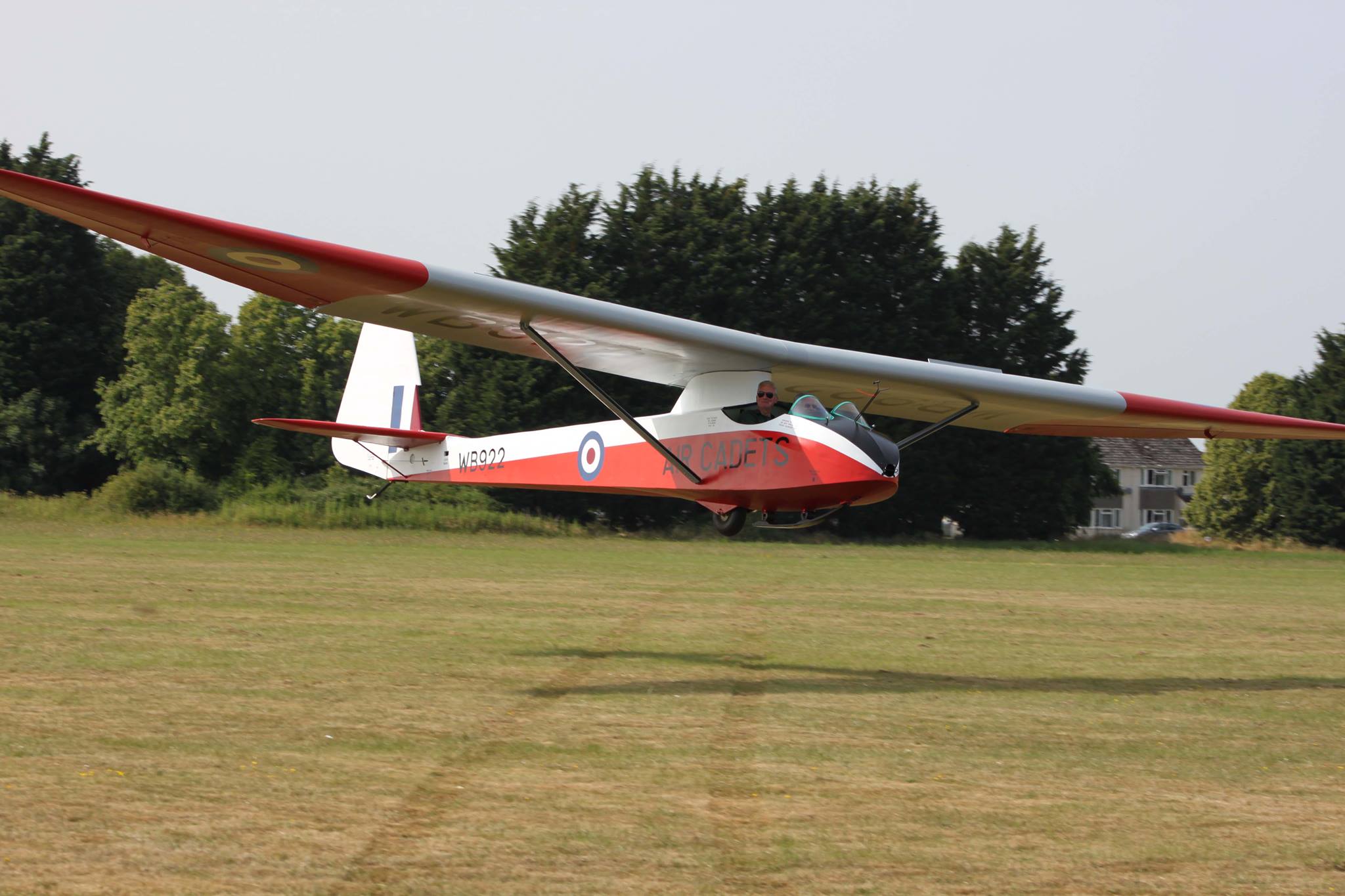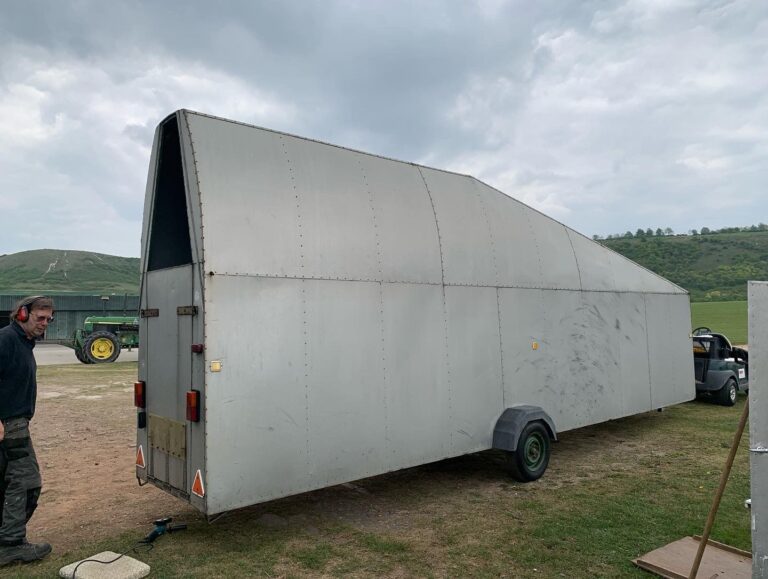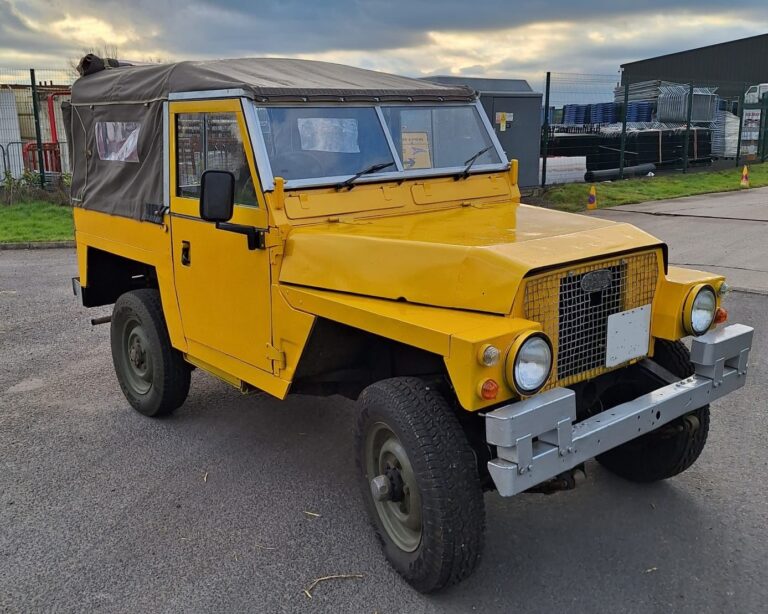The “wood & canvas” era of Air Cadet Gliding
These gliders formed the backbone of both Civilian and Air Cadet gliding from the 1950’s, continuing in use with the RAF Air Training Corps and CCF till the 1980’s. We have gathered together examples of nearly all the different types used – either owned by the Air Cadet Historic Flight, or on long term loan to us from generous owners.
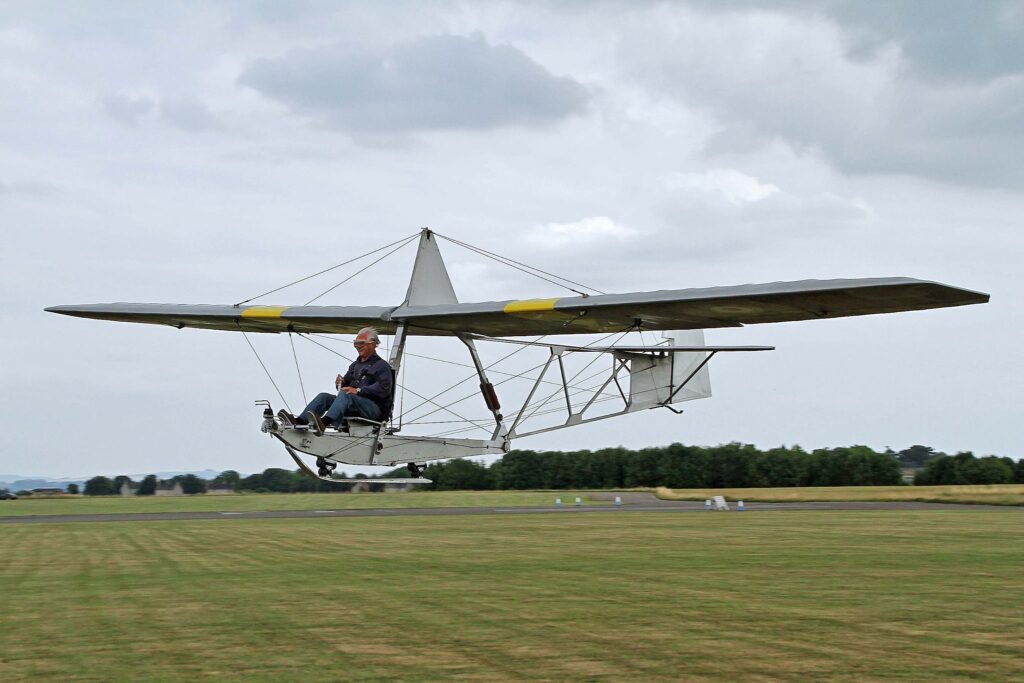
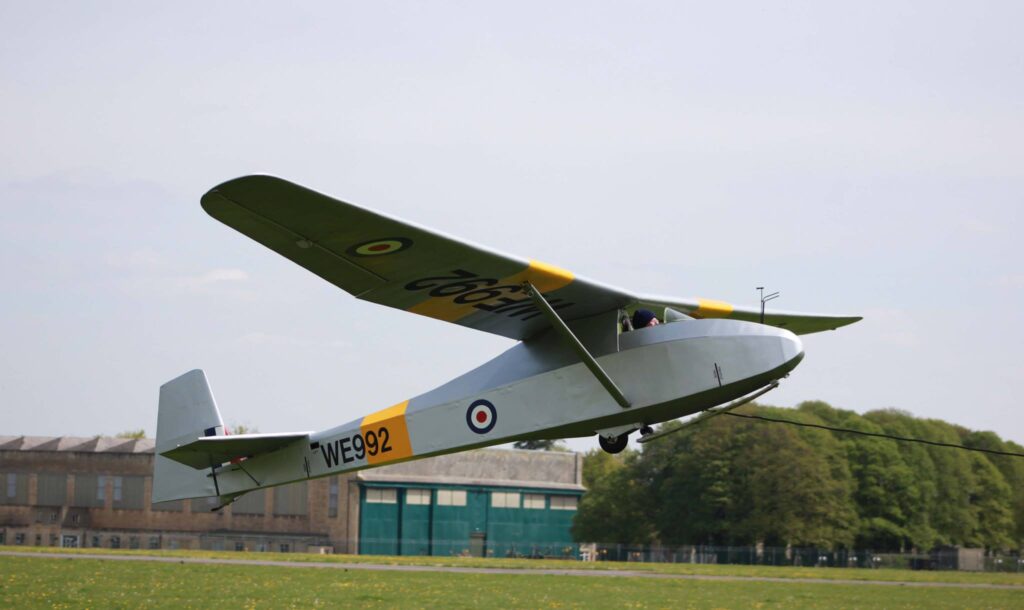
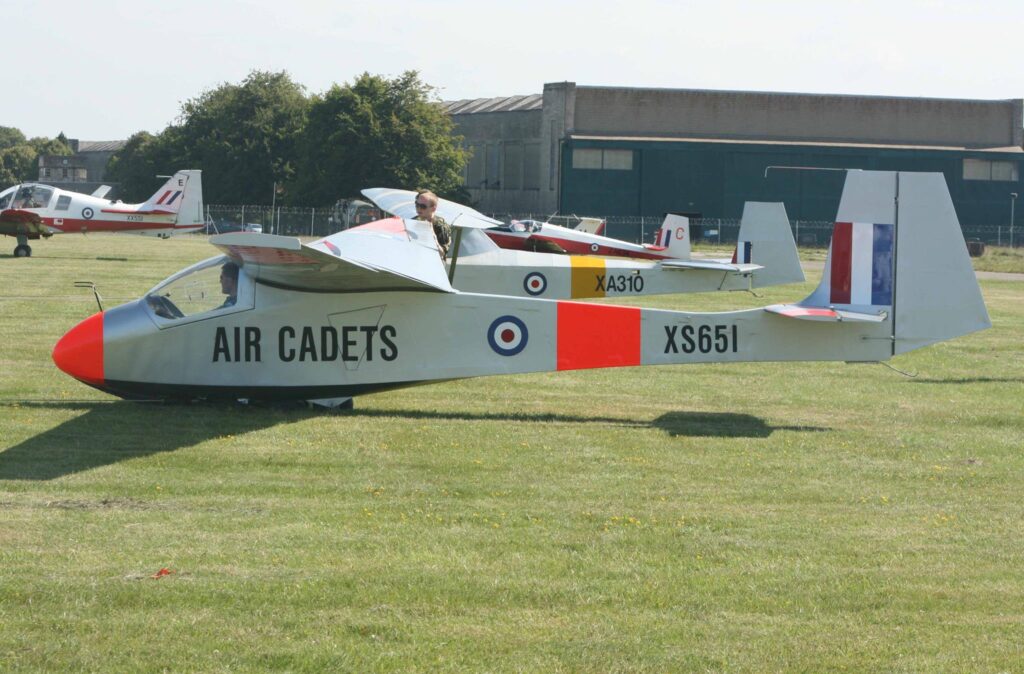
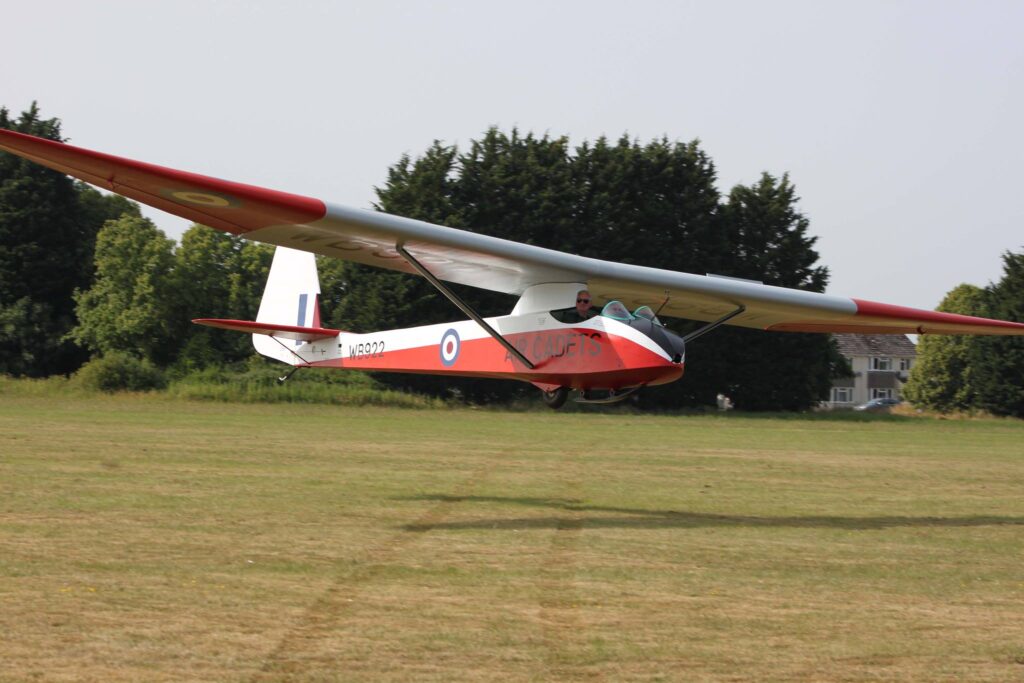
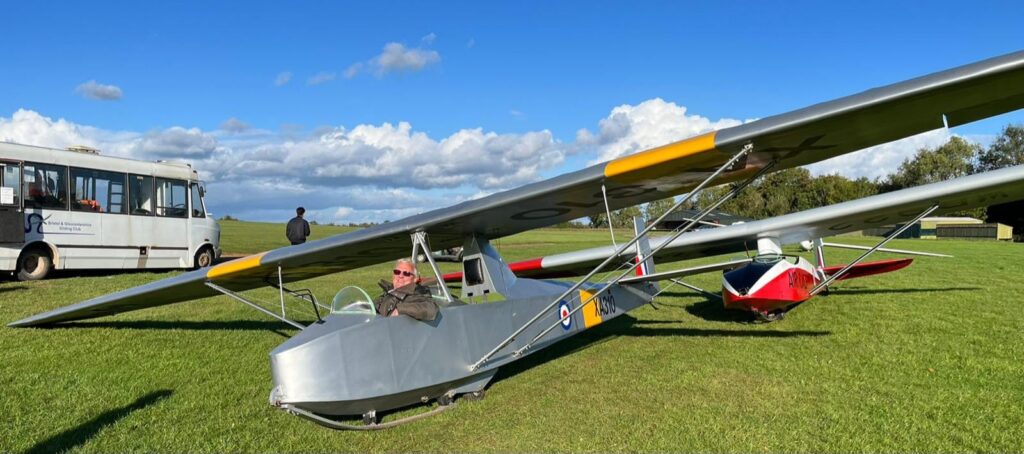
Slingsby Gliders
The Slingsby T7 “Kirby Cadet” first flew in 1935. A simple single seat glider it was used by the Air Training Corps and known as the Cadet TX Mk.1, Slingsby produced a better performing wing to marry to the TX Mk.1 fuselage and this in turn became the Cadet TX Mk.2 (Tutor). Many TX Mk.1s were converted and their wings used to construct primary “Grasshoppers”. The single seat gliders were initially used for “solo training” using ground slides & “hops” to build up to a full circuit.
Two Seat Training
Single seat training had obvious disadvantages and it was soon decided that it was eminently sensible to have the instructor onboard the aircraft. Slingsbys first two seater (the T21 “Sedbergh) was initially not approved by the Air Training Corps, so Slingsby took the T8 “Tutor” and lengthened the fuselage to enable an additional cockpit to be added to produce the Cadet TX Mk3. This was later joined by the (now approved) Sebergh Tx Mk1.
What’s in a name?
The RAF used their own designations for their gliders, which can be confusing to those from a civilian gliding background where names or Slingsby type numbers are more commonly used. Different RAF and ATC documents may refer to the same glider as (for example) Cadet TX.1 or Cadet TX Mk1 and verbally some gliders were just called by the suffix (eg “Mark 3” for the T31). We’ve even found that RAF documents & logbooks from the mid 1970’s miss-spell Sedbergh (named after the School) as Sedburgh.
Here’s a short list of the equivalent civilian terms:
| RAF | Civilian | Also known as….. |
|---|---|---|
| Grasshopper TX Mk.1 | Grasshopper | Primary, T38 |
| Cadet TX Mk.1 | Cadet | Kirby Cadet, T7, TX.1, Mark 1 |
| Cadet TX Mk.2 | Tutor | Kirby Tutor, T8, TX2, Mark2 |
| Cadet TX Mk.3 | T31 | Cadet Mark 3, “The Brick”, TX.3 |
| Sedbergh TX Mk.1 | T21 | “The barge”, Sedbergh (on some MoD documents “Sedburgh”!) |
| Prefect TX Mk.1 | Prefect | T30 |
